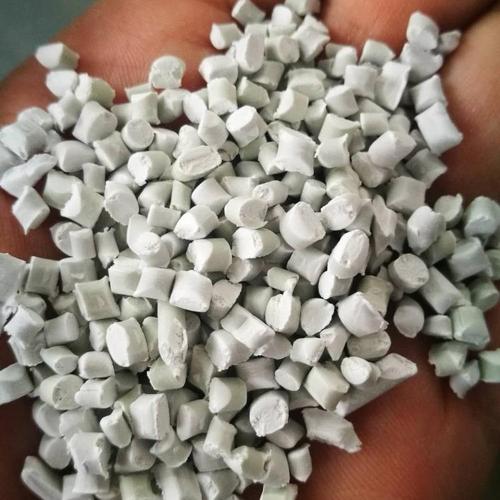I. Introduction
Calcium carbonate is commonly used as an enhancer of mechanical and chemical properties in plastic products. Calcium carbonate fillers have become widely utilized throughout various industries including plastic production to decrease production costs while increasing thermal conductivity and increasing dimensional stability.
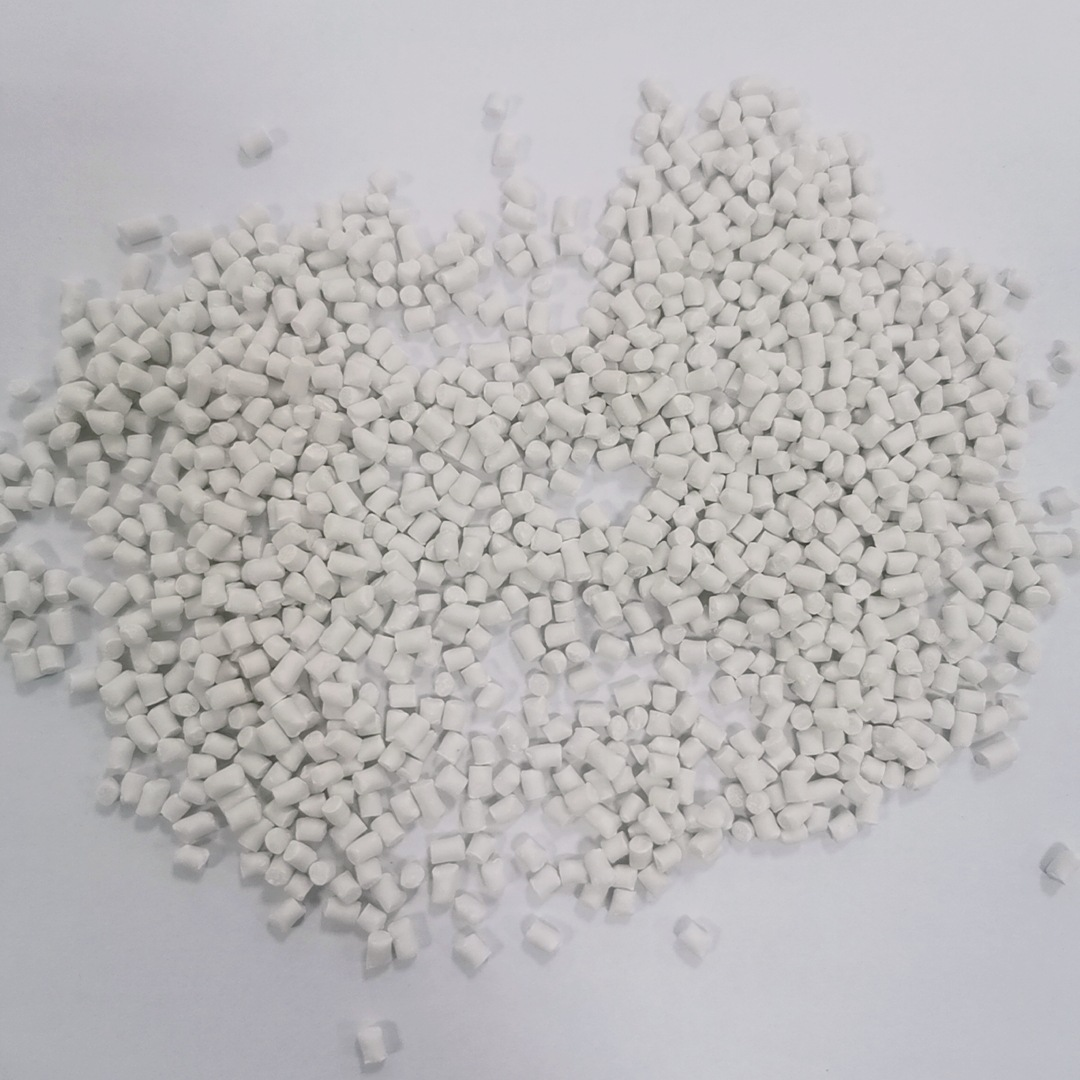
II. Calcium Carbonate in Plastic Industry
Calcium carbonate filler material is widely utilized by the plastics industry as an economical and cost-efficient means to improve mechanical and chemical properties in plastic products. Calcium carbonate’s use as filler offers several benefits for production cost reduction, thermal conductivity enhancement and enhanced dimensional stability enhancement.
Calcium carbonate (also referred to as CaCO3) is a naturally-occurring mineral found in rocks such as limestone, marble and chalk, extracted, processed and ground into fine powder for use as filler material for plastic products. Particle size plays an essential part in its performance as filler – impacting mechanical properties, weight distribution and other features of finished goods.
III. Calcium Carbonate Filler
Calcium carbonate filler, also referred to as GCC or PCC (Precipitated Calcium Carbonate), is a mineral-based additive often utilized by plastic manufacturers in their production process. Constructed from limestone or marble deposits and manufactured through crushing, grinding and classifying high-purity calcium carbonate rock deposits; final output being fine powder with specific particle size distribution characteristics – used as an affordable replacement resin that reduces production costs while improving mechanical and chemical properties of plastic products.
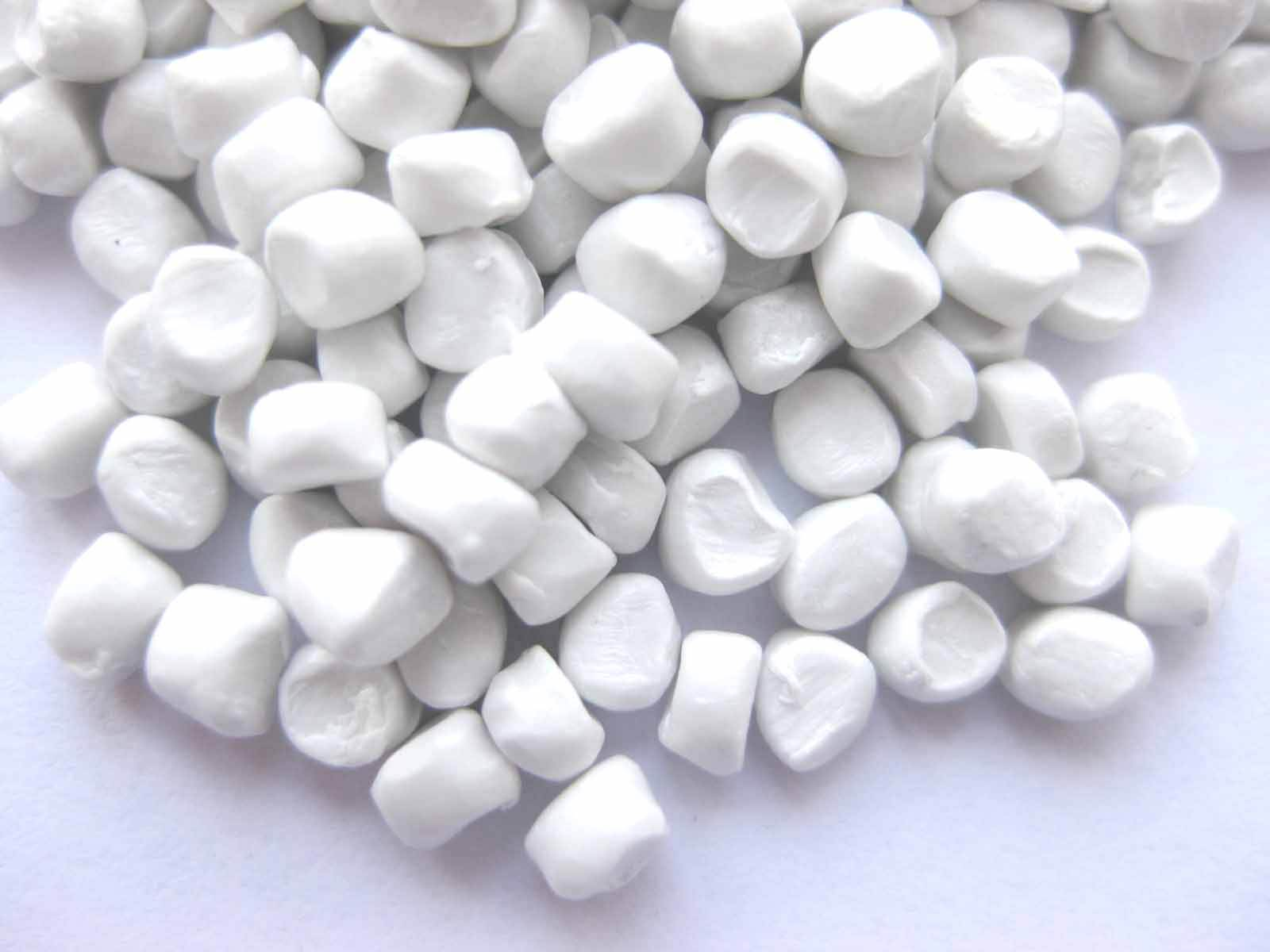
IV. Calcium Carbonate Powder
Calcium carbonate powder is a fine white powder composed of calcium carbonate – an abundant mineral found in rocks, shells and marine organisms – made up of microscopic particles found naturally. Due to its low cost and abundant supply, calcium carbonate is widely utilized across industries including plastics, rubber, paint paper and food production – often acting as a filler to improve mechanical or physical properties of plastic products. In plastic production, it often serves as fillers or additives in order to enhance mechanical or physical properties for enhanced production processes.
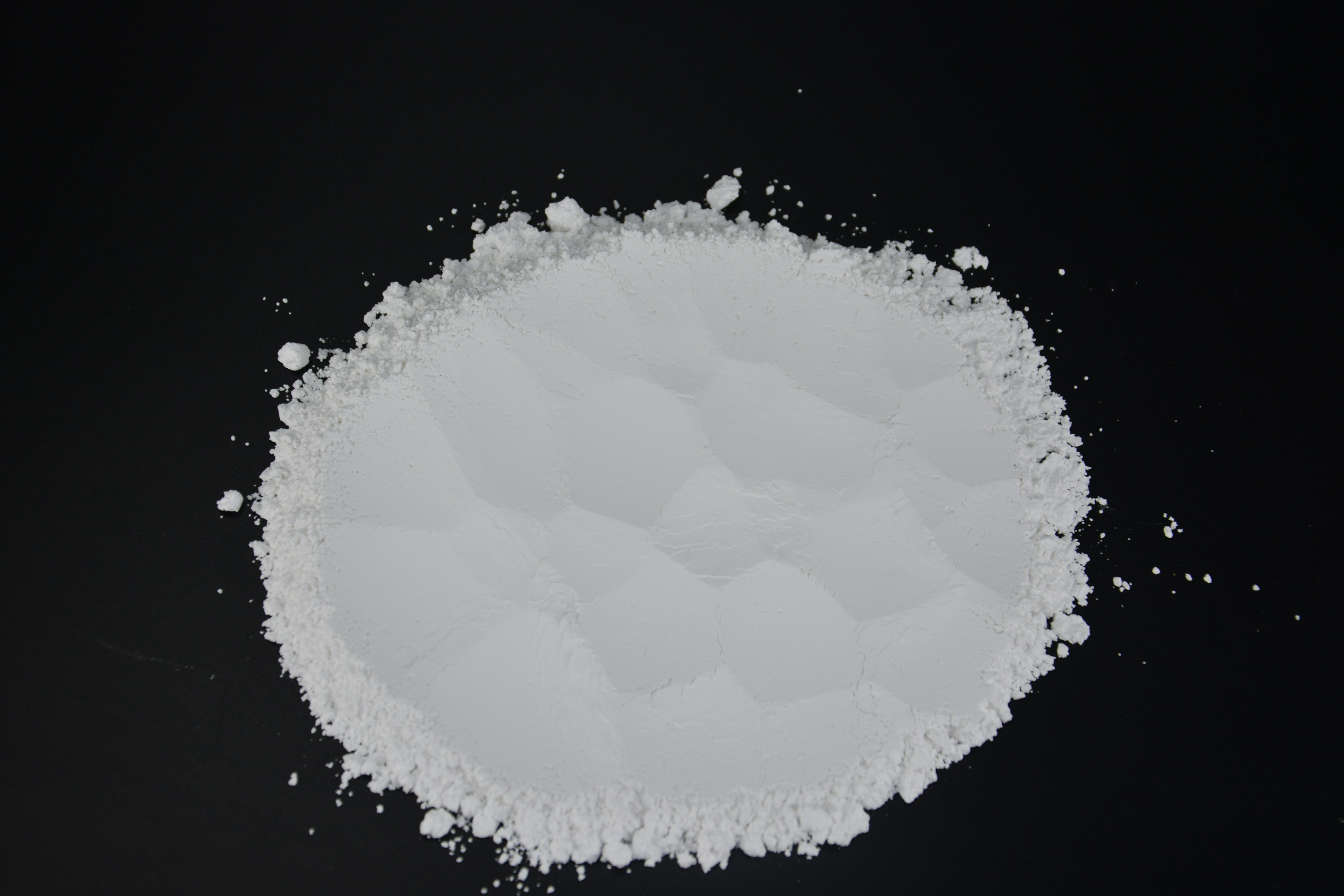
V. The benefits of using calcium carbonate in the injection molding industry
Calcium carbonate filler material is widely utilized as a part of injection molding processes and offers numerous advantages, including:
Improved Mechanical Properties:
Calcium carbonate can enhance the mechanical properties of plastic products, such as their stiffness, impact resistance, and tensile strength. It does this by acting as a reinforcing agent within plastic materials themselves and strengthening them from within.
Lower Production Costs:
Calcium carbonate is an economically feasible filler material and its use can significantly decrease plastic product manufacturing costs.
Increased Dimension Stability:
By mixing calcium carbonate with plastic materials, calcium carbonate can increase their dimensional stability and help mitigate against deformation or warping risks.
Improved thermal conductivity:
Calcium carbonate has the capability of improving plastic products’ thermal conductivity, making them less vulnerable to melting or deforming under high temperatures.
Enhancing appearance:
Calcium carbonate filler gives plastic products an attractive aesthetic by giving them a smooth, glossy surface and making them more visually attractive.
Lower Environmental Impact:
Calcium carbonate is a readily-available natural mineral with minimal environmental impacts; thus making it a practical option for plastic production.
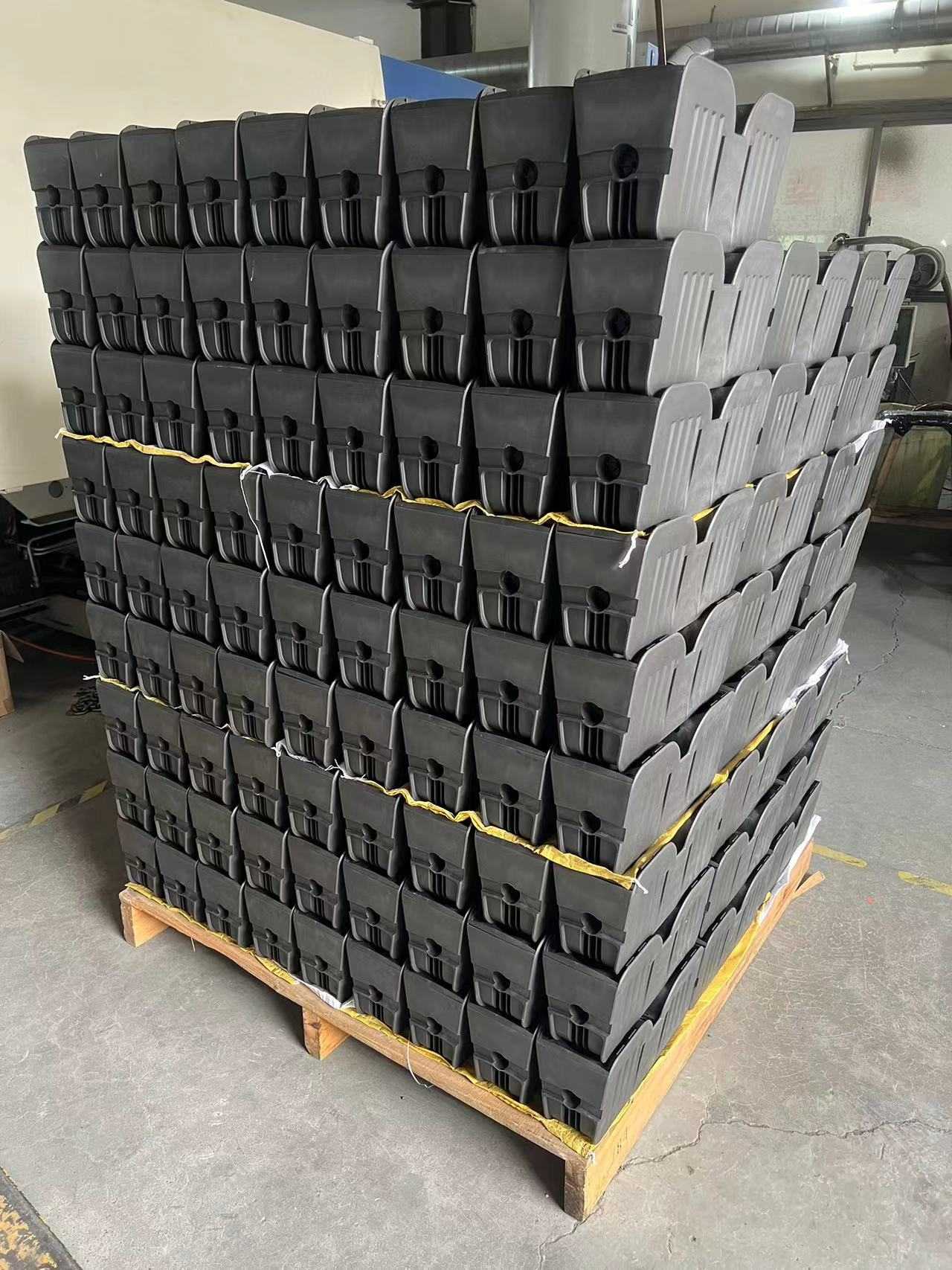
VI. The disadvantages of using calcium carbonate in the injection molding industry
Calcium carbonate filler material has become one of the more frequently utilized injection molding fillers; however, it should also be recognized that its usage comes with certain drawbacks that should be carefully considered. These may include:
Particle Size:
Calcium carbonate filler particles have an enormous influence over its final product’s properties, such as dispersion issues, decreased impact strength and uneven coloring. Failure to manage them properly could result in poor dispersions, decreased impact strength or uneven coloring effects.
Reduced resin performance:
Calcium carbonate filler may impede plastic materials’ performance by decreasing elongation and impact strength as it stiffens them further, leading to decreased resin performance overall.
Increased Weight:
Calcium carbonate filler may increase the weight of plastic products and diminish their lightweight and flexible characteristics, decreasing their versatility and usability.
Low Production Rates:
Calcium carbonate filler can significantly diminish production rates during injection molding due to its higher viscosity, leading to longer cycle times and slower cooling rates.
Reduced Clarity:
Calcium carbonate fillers may decrease product clarity, making them unsuitable for applications that demand transparency.
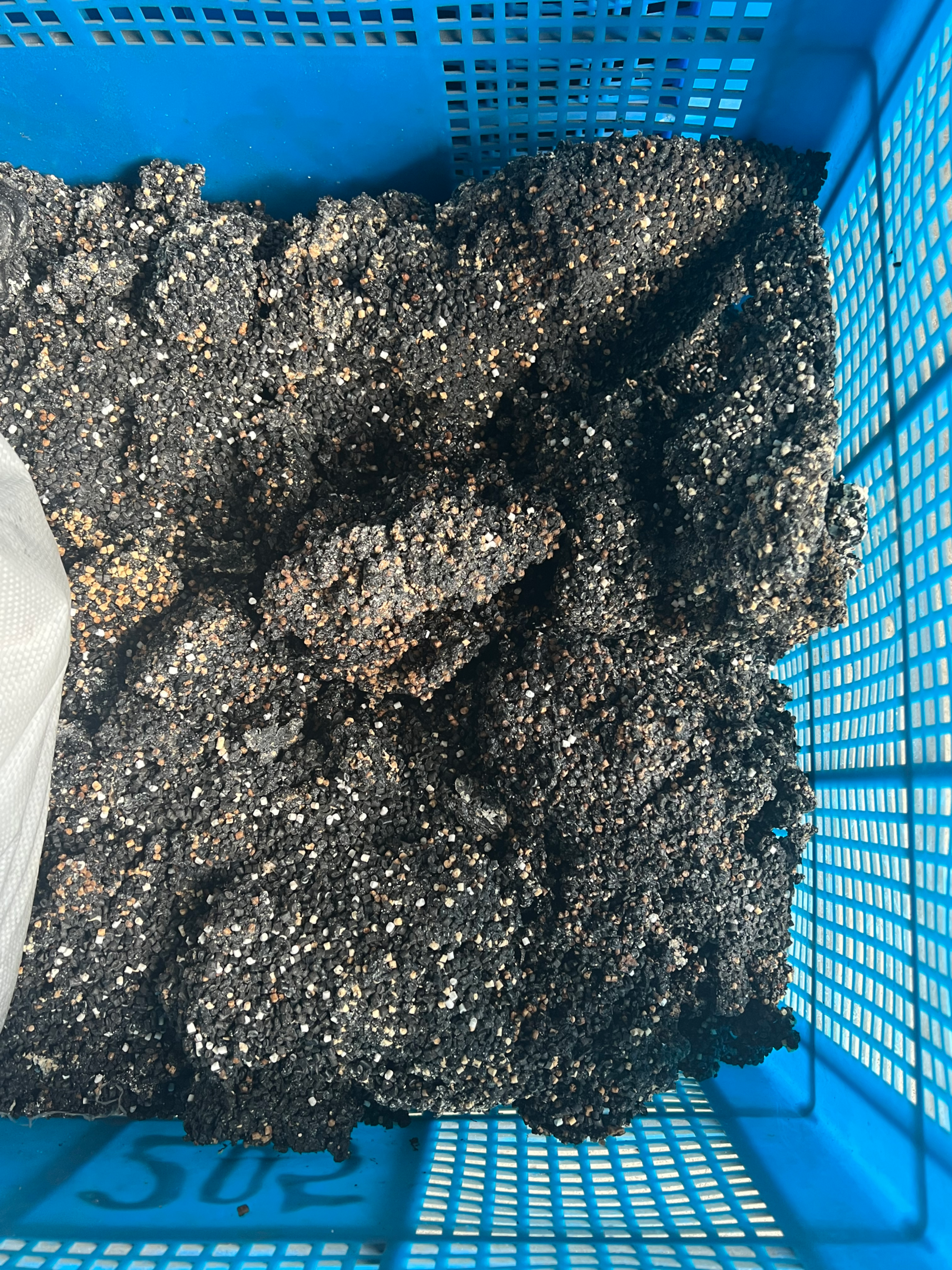
VII. Conclusion
Calcium carbonate has long been utilized as a filler and powder additive in injection molding applications to enhance mechanical and chemical properties of plastic products. Calcium carbonate filler is produced through an industrial process involving crushing and grinding natural limestone, making it suitable for many plastic products. Overall, using calcium carbonate in plastic industry offers several advantages – reduced production costs, enhanced thermal conductivity, dimension stability and stiffness are just a few examples of benefits provided by calcium carbonate in plastic industry products. However, it has some drawbacks as well, such as reduced impact strength and greater weight. By understanding the benefits and drawbacks of calcium carbonate, manufacturers can make more informed choices when selecting components and additives for their plastic products, ultimately leading to increased productivity and higher-quality finished goods.

